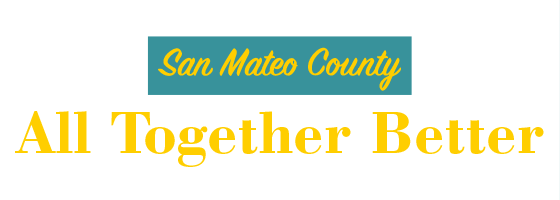Promising Practices
The Promising Practices database informs professionals and community members about documented approaches to improving community health and quality of life.
The ultimate goal is to support the systematic adoption, implementation, and evaluation of successful programs, practices, and policy changes. The database provides carefully reviewed, documented, and ranked practices that range from good ideas to evidence-based practices.
Learn more about the ranking methodology.
Filed under Evidence-Based Practice, Health / Cancer, Women, Racial/Ethnic Minorities
Goal: The program aimed to increase the rate of cervical cancer screening in Chinese women living in North America in response to research findings of significantly lower cervical cancer screening rates in Chinese women.
Impact: This intervention program found that women who received an intervention had cervical cancer screenings at a higher rate than those who did not receive any intervention. This shows that culturally and linguistically appropriate interventions might help improve Pap testing rates among Chinese women.
Filed under Evidence-Based Practice, Health / Older Adults, Older Adults
Goal: Reduce hospital/nursing home readmissions and improve care for older adults.
Impact: Reduced 30-day readmission rate from 18.2 to 8.9 percent over the course of 2 years, resulting in estimated savings of more than $17 million through 1,804 avoided readmissions.
Filed under Evidence-Based Practice, Community / Social Environment, Children, Families
Goal: The Incredible Years® Parents, Teachers, and Children Training Series has two long-range goals. The first goal is to develop comprehensive treatment programs for young children with early onset conduct problems. The second goal is the development of cost-effective, community-based, universal prevention programs that all families and teachers of young children can use to promote social competence and to prevent children from developing conduct problems in the first place.
Impact: Studies have shown that children who participate in the programs demonstrate significant improvements in school readiness, emotional regulation, and social skills, as well as reductions in behavior problems in the classroom.
Filed under Good Idea, Health / Alternative Medicine
Goal: The goal of the PanAfrican Acupuncture Project is to train locals in acupuncture techniques so that they can use this alternative healing method in their communities to treat symptoms of HIV/AIDS, malaria, and TB.
Filed under Good Idea, Education / Childcare & Early Childhood Education, Children, Teens, Adults
Goal: The Strive Partnership is focused on the success of children: every child, every step, from cradle to career.
Filed under Evidence-Based Practice, Health / Mental Health & Mental Disorders, Adults
Goal: The goal of the Working toward Wellness program was to encourage depressed parents who were receiving Medicaid to seek treatment from a mental health professional.
Impact: The Working toward Wellness program succeeded in increasing the likelihood that depressed Medicaid parents sought mental health services, particularly among the Hispanic population.
Filed under Effective Practice, Education / Childcare & Early Childhood Education, Children, Families, Racial/Ethnic Minorities
Goal: Abriendo Puertas, developed for and by Latino parents, aims to increase the number of Latino children in the United States that enter school ready to learn and be able to succeed in life by building the capacity and confidence of parents to be strong advocates in the lives of their children.
Filed under Good Idea, Environmental Health / Air
Goal: The goal of the partnership is to offer the public a comprehensive air quality resource while promoting a consistent regional air quality message.
Filed under Effective Practice, Community / Crime & Crime Prevention, Teens
Goal: The program’s goal is to provide specialized, remedial education and intensive vocational training to moderate risk youth committed to Florida’s Department of Juvenile Justice.
Filed under Good Idea, Education / Educational Attainment, Children, Teens, Urban
Goal: The goal is to guide students from underserved communities towards careers in healthcare, simultaneously fulfilling workforce needs.

